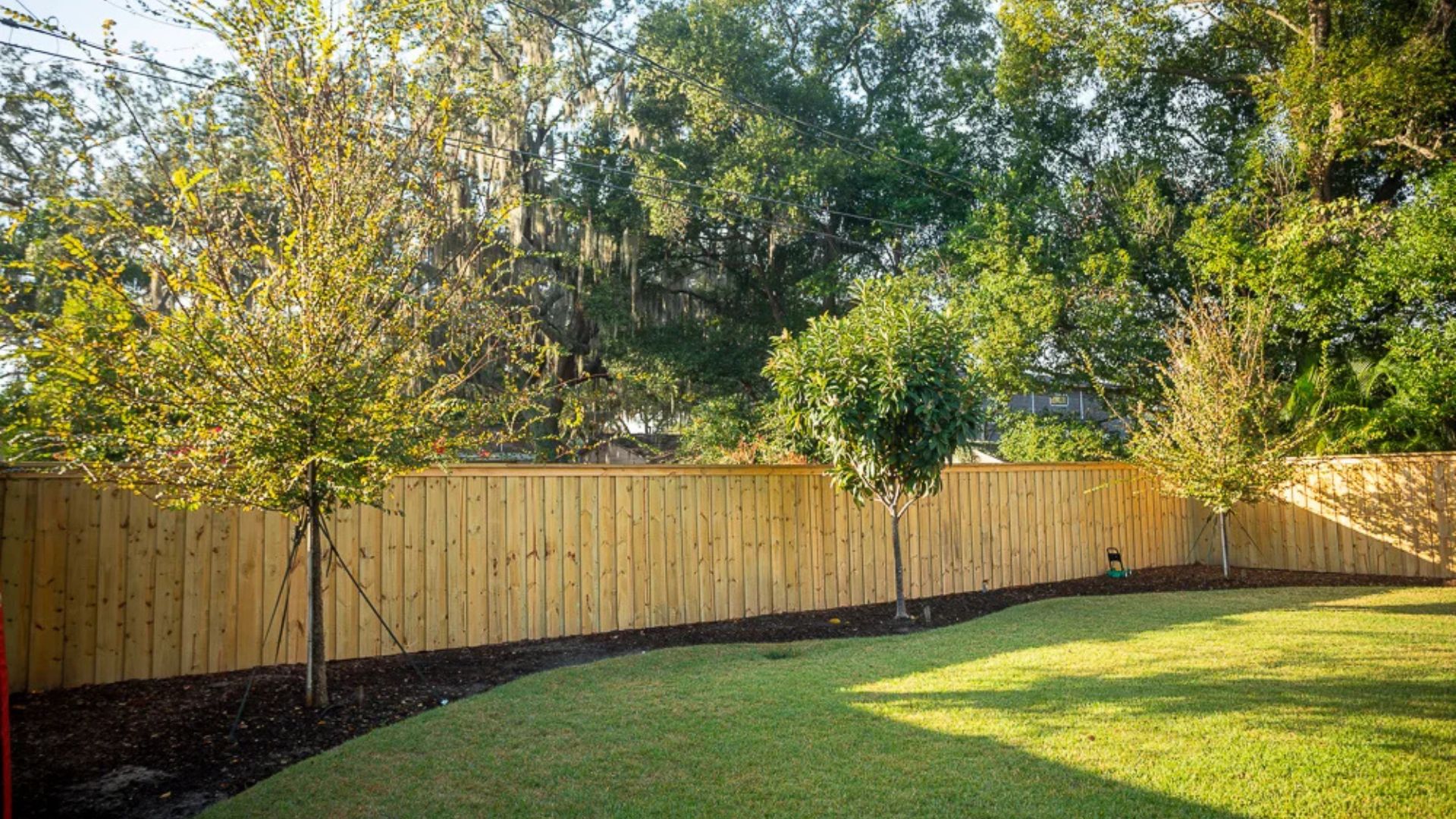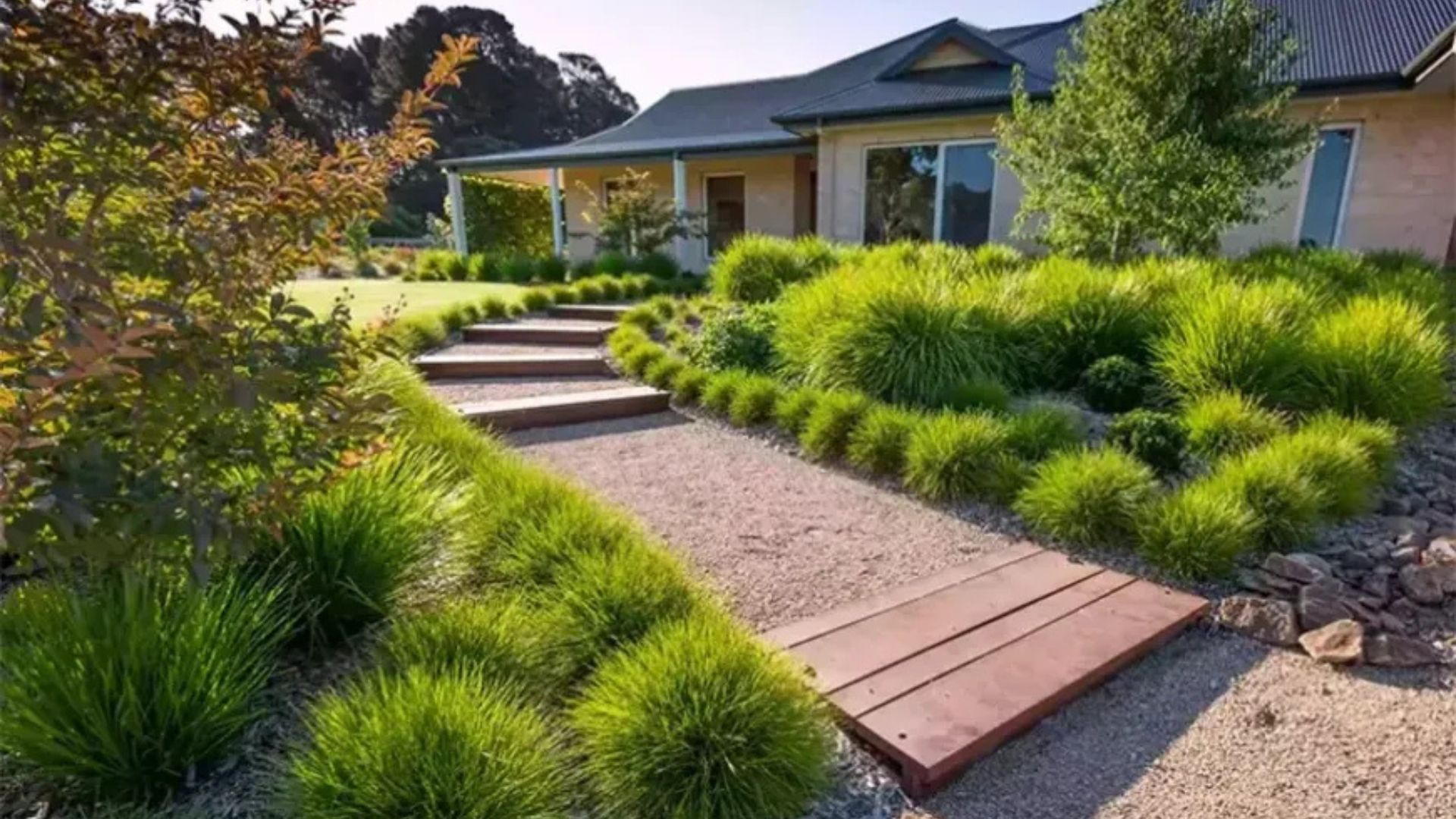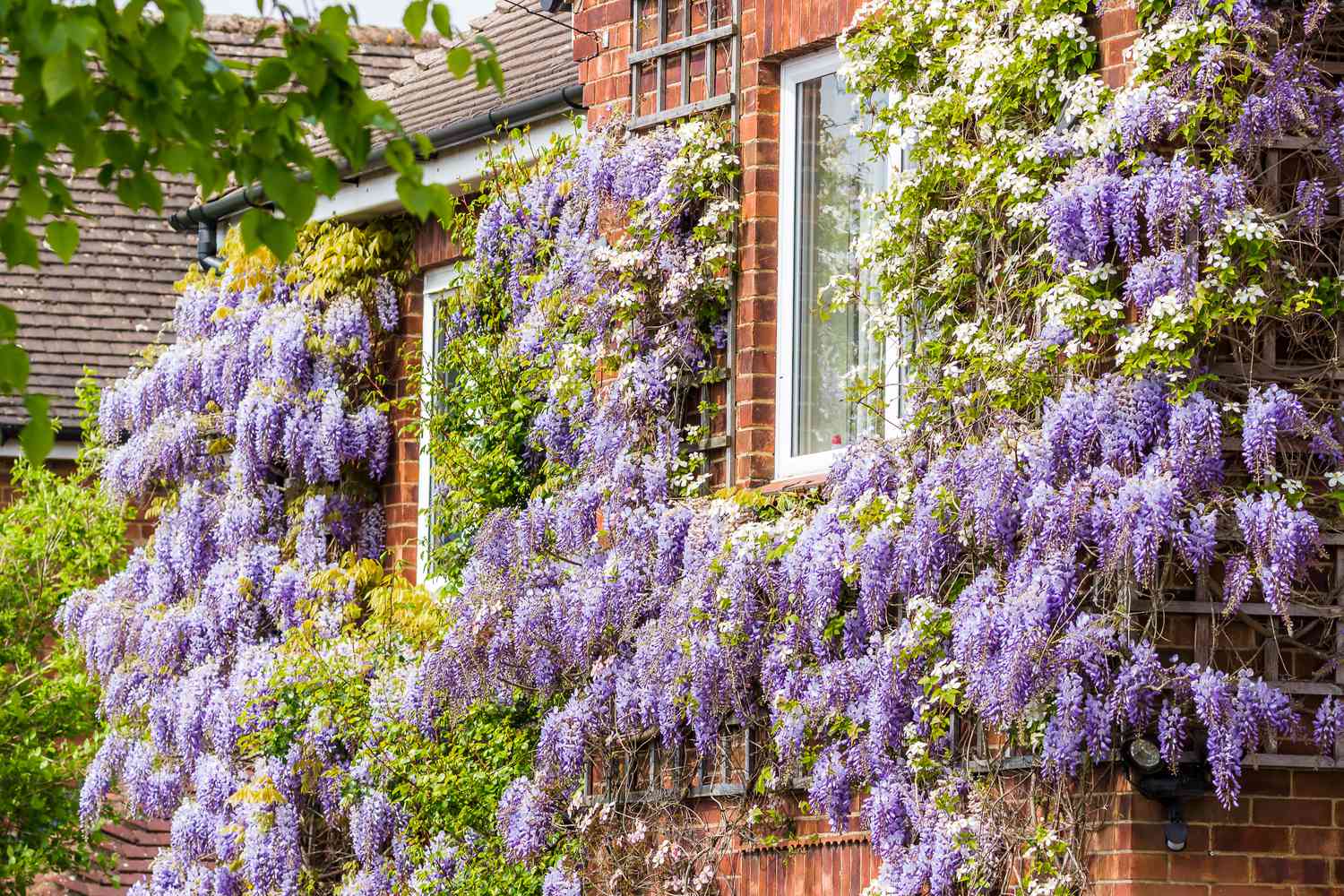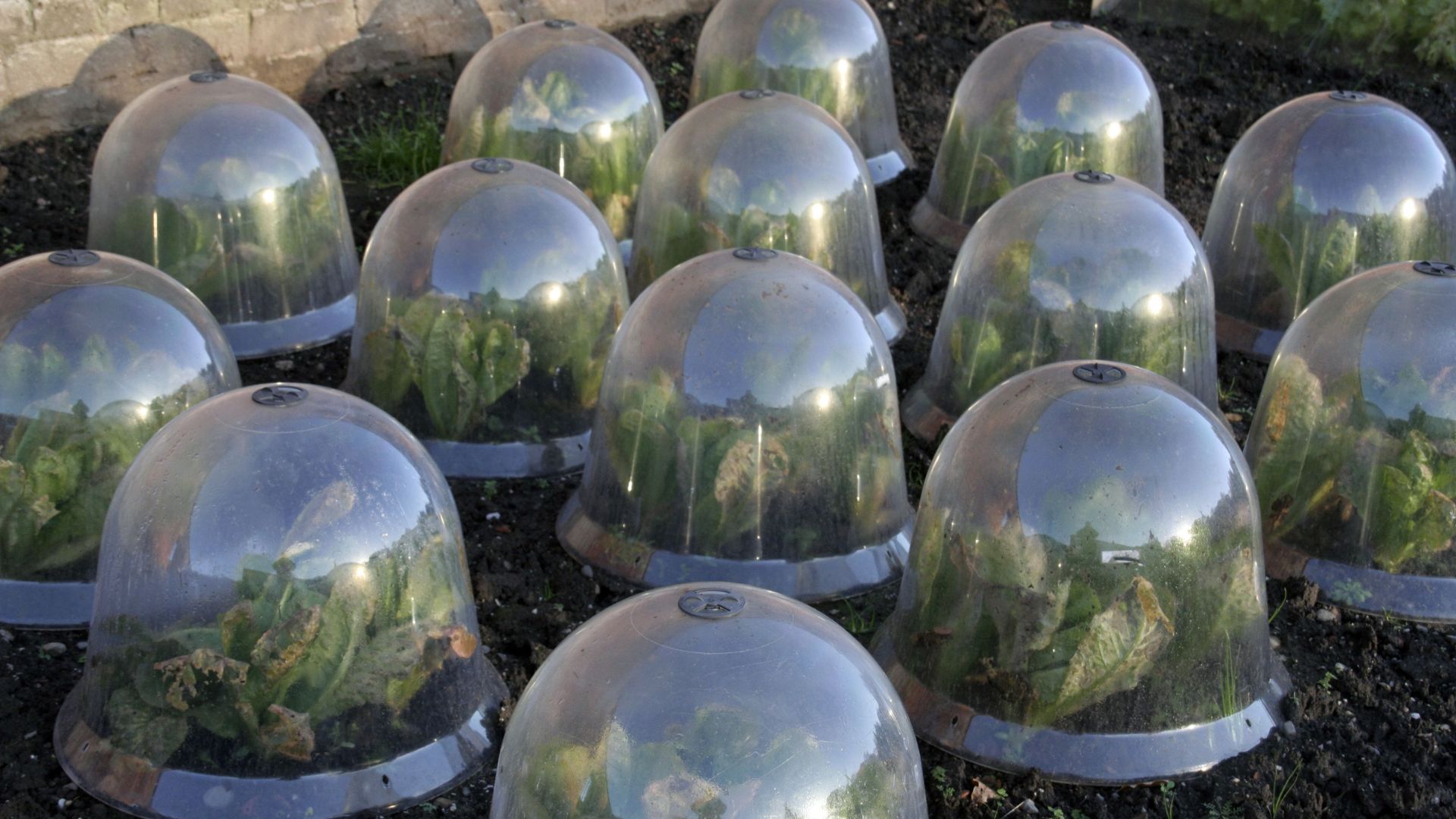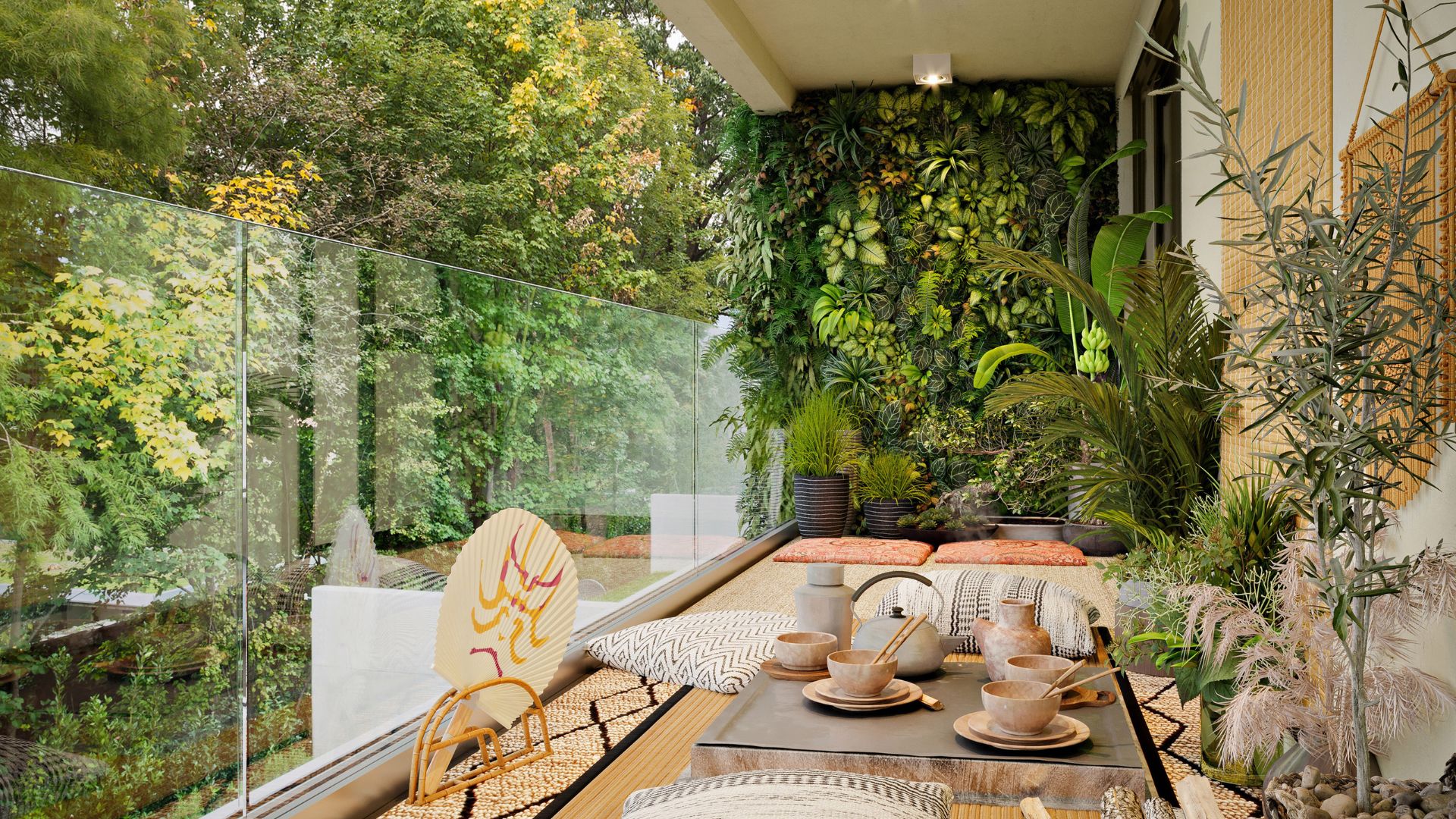Living fences are a beautiful and eco-friendly way to define your outdoor space. Instead of using metal or wood, you can grow outdoor plants that act as natural fences or borders. These green barriers not only offer privacy but also add beauty, color, and texture to your garden.
This guide will show you how to use outdoor plants to create living fences and borders—even if you’re just starting out.
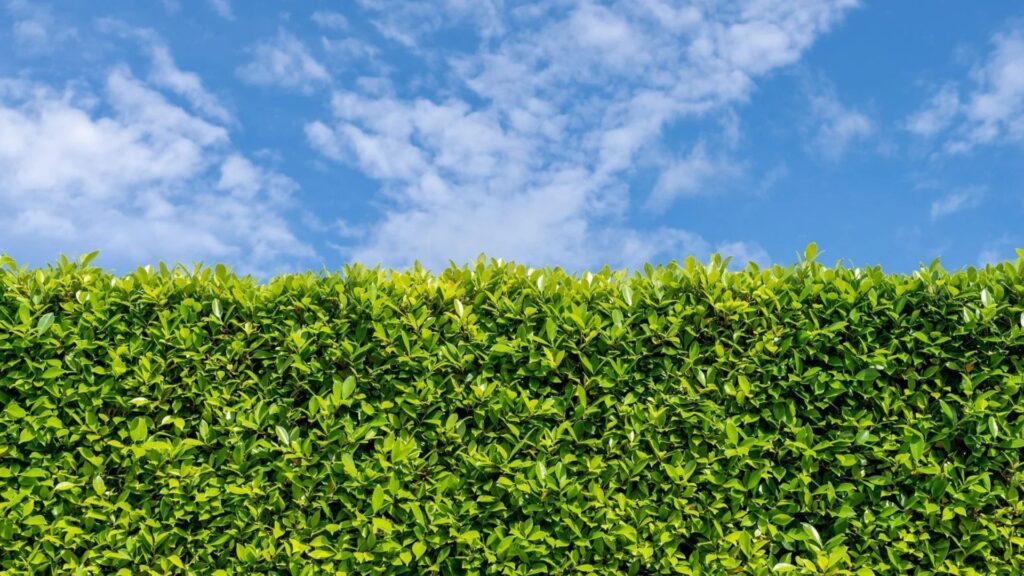
Why Choose Living Fences?
Using plants as fences or borders has several benefits:
-
Privacy: Tall or bushy plants block views and create seclusion.
-
Aesthetics: They add greenery, flowers, and seasonal beauty.
-
Noise reduction: Dense hedges can soften outside noise.
-
Wildlife-friendly: Birds and insects love shelter and food from live borders.
-
Environmentally friendly: Living fences reduce heat and improve air quality.
Step 1: Decide What You Want the Fence or Border to Do
Before you choose your plants, think about what you need:
-
Do you want full privacy or just a soft edge?
-
Do you prefer evergreen (year-round coverage) or seasonal plants?
-
How tall should the plants grow?
-
Is the area sunny, shady, or windy?
Knowing your goal will help you pick the right plants for the job.
Step 2: Choose the Right Plants
For Tall, Dense Privacy Hedges:
These plants create a solid wall and are great for privacy:
-
Boxwood: Classic hedge plant; easy to trim and shape
-
Privet: Fast-growing and easy to maintain
-
Leyland Cypress: Tall evergreen that grows quickly
-
Bamboo: Fast and tall (choose clumping types to avoid spreading)
Tip: Evergreen plants offer privacy all year round.
For Flowering Borders or Decorative Fences:
These are great for lower fences or visual interest:
-
Lavender: Fragrant and attracts pollinators
-
Hydrangea: Big, bold blooms from summer to fall
-
Roses (Shrub or Climbing): Beautiful and classic
-
Hibiscus or Oleander: Tropical-looking flowers (great in warmer climates)
For Natural-Looking or Wild Borders:
If you want a more relaxed, garden-like look:
-
Butterfly Bush: Attracts butterflies and bees
-
Native grasses: Great for texture and movement
-
Lilac or Forsythia: Seasonal color with fragrant blooms
Step 3: Planting and Spacing
-
Space wisely: Don’t plant too close together. Give them room to grow to full size.
-
Dig deep enough holes to fit the roots comfortably.
-
Use compost or organic matter to help roots settle in.
-
Water thoroughly after planting and regularly for the first few weeks.
Tip: Add mulch to help keep the soil moist and block weeds.
Step 4: Maintain Your Living Fence
Living fences need regular care to stay neat and healthy:
-
Prune regularly to control size and shape
-
Water during dry spells—especially young plants
-
Feed once or twice a year with a balanced fertilizer
-
Watch for pests or disease and treat early
Some plants, like boxwood or privet, can be trimmed into sharp lines. Others, like lavender or grasses, can be left looser for a natural look.
Bonus Tip: Combine with Hard Borders
You can mix living borders with:
-
Low stone walls
-
Wooden fences with climbing plants
-
Trellises or arbors with vines like clematis or jasmine
This adds structure and gives your garden a layered, designer look.
Conclusion
Using outdoor plants as living fences or borders is a smart, sustainable way to bring beauty and function to your garden. Whether you want privacy, decoration, or a soft edge, there’s a plant that can do the job.
With the right plant choices, some basic care, and a little patience, you can grow a green fence that’s alive, thriving, and always in style.






